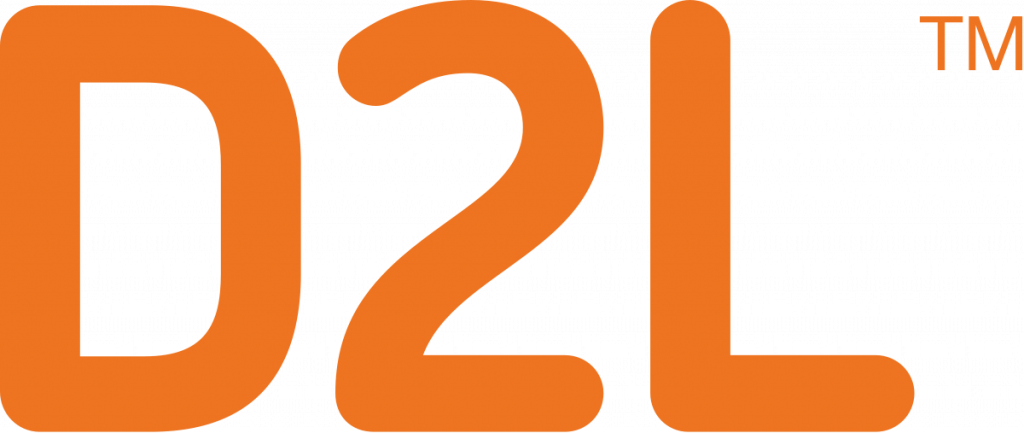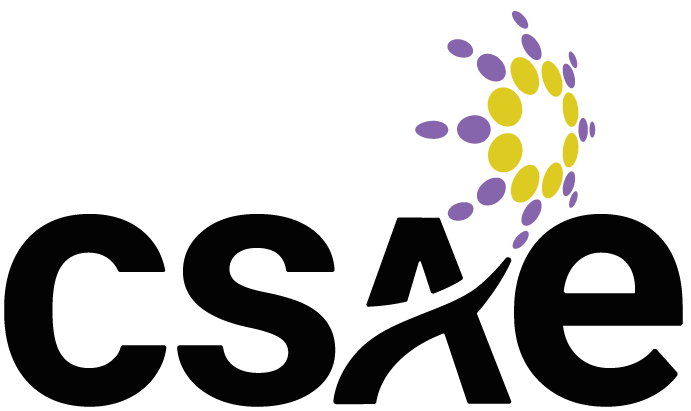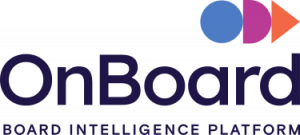Tips for Moving Your Association from Face-to-Face to Virtual Training Delivery Models

As the COVID-19 crisis deepens, associations throughout Canada are facing some tough challenges. Canceling or postponing in-person gatherings like conferences for the foreseeable future could mean looming revenue losses and questions about how associations like yours can continue to deliver the services and value members expect.
The potential solution: online delivery models. Unfortunately, you don’t have time on your side. You need to get up and running fast to keep members engaged and to ensure your business stays on track.
Here’s some advice to ramp up quickly now and drive success in the future.
1. Establish Priorities with Key Stakeholders
Especially in times of uncertainty, it’s important to start by making sure all your decision makers are on the same page. This will give you a stronger foundation and make it easier to answer bigger questions down the road.
Things to consider include:
- The direction your association will take
- Contributions that will be required from individuals and teams
- Any anticipated changes to business processes
Some of the people you may want around the table include those in membership, communications, advocacy, information technology and accounting.
2. Set Learning Goals and Objectives
Once you’ve determined your overall direction, focus on your strategy and approach to learning. First, look at what you’re currently doing, and think about:
- What tactics have been most effective for in-person environments? Do you have discussion forums, leverage feedback mechanisms or encourage situational learning?
- How much time do you want learners to spend on each course? How many lessons or modules should each be divided into?
- How much time per week will your staff need to spend moderating each course?
You also need to set learning objectives. You can think of them as a contract of sorts between you and your learners that defines the following:
- What they’ll be doing in each course
- How they’ll be assessed
- What new skills or competencies they can expect to gain
Learning objectives play an important role in giving everyone a clear understanding of what success looks like. They help members destermine the key takeaways, and make it easier for staff to set up and structure courses.
3. Incorporate the Right Information
Now you’re ready to map out what your courses are going to look like. For some, this can be one of the most challenging parts of the process. How much information should you include? What tone should you take? If you need additional resources, where can you find them?
When you’re building your courses, remember to:
- Focus on key points. You don’t want to include so much detail that you overwhelm people, nor do you want to trim it to a point where you lose crucial context. It’s about identifying the most important ideas and expanding on them in a conversational tone.
- Give clear instructions. Adult learners are especially busy. Knowing exactly what they need to do will keep them more engaged with the course and help them get more out of it.
- Leverage third-party content. This can be incredibly valuable, especially when you have to move quickly. Think about how you’ll be using it, how long it should be, and what specific content types you need.
Ultimately, the most effective courses will feel and sound more like well-structured conversations than collections of textbook excerpts.
4. Find Ways to Make Experiences Engaging
A major concern that people have about the transition to online delivery is that experiences will become less engaging. The good news is that there are a range of tactics and tools you can leverage to replicate and enhance a lot of what you’ve done in face-to-face settings.
For example:
- Discussion boards can help learners keep in touch with each other, share insights and collaborate on projects
- Video assignments and evaluations allow learners to practice their skills and get feedback from peers and experts
- Game-based learning mechanisms like awards, badges and leaderboards not only encourage healthy competition, they also give learners tangible representations of their progress
- Personalization makes experiences relevant to each member’s professional development goals
Introducing case studies also can help members engage and connect with the material, showing them how, where and when the concepts they’re learning can be applied in the real world.
At the end of the day, it’s about taking the time early on to understand why you’re moving to online delivery, determining what you need and expect to get out of online learning, and leveraging the right tools and expertise to get you there. This will not only help you weather the current pandemic, it also will set up your association to thrive in the future.
Online Learning Expertise Is Here When You Need It
We know this may be a scary, uncertain time and are here to support you over the coming months. For up-to-date information including newly released articles, webinars, and other resources, see our COVID-19 response page.

Andra Popescu, Senior Product Marketing Manager, D2L




















